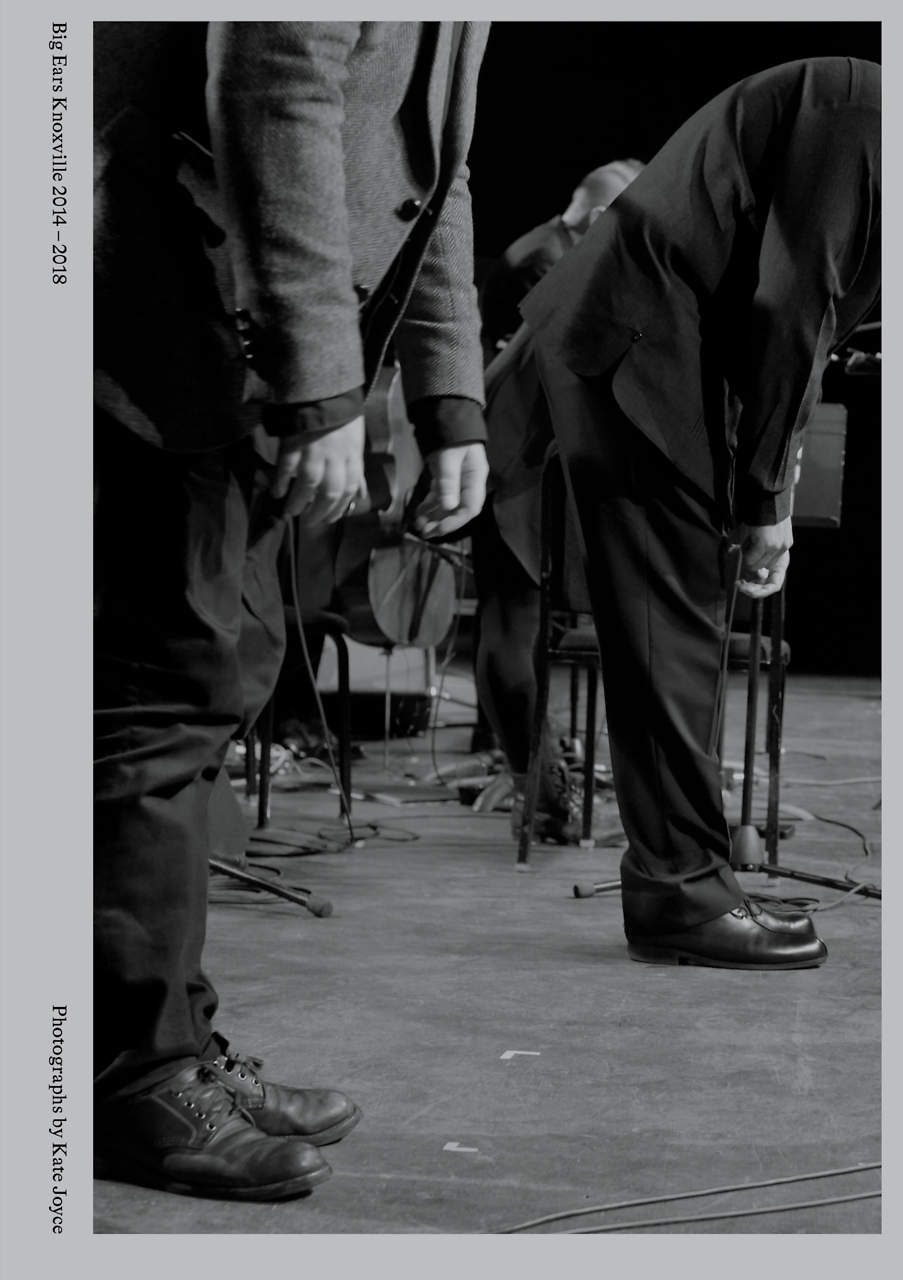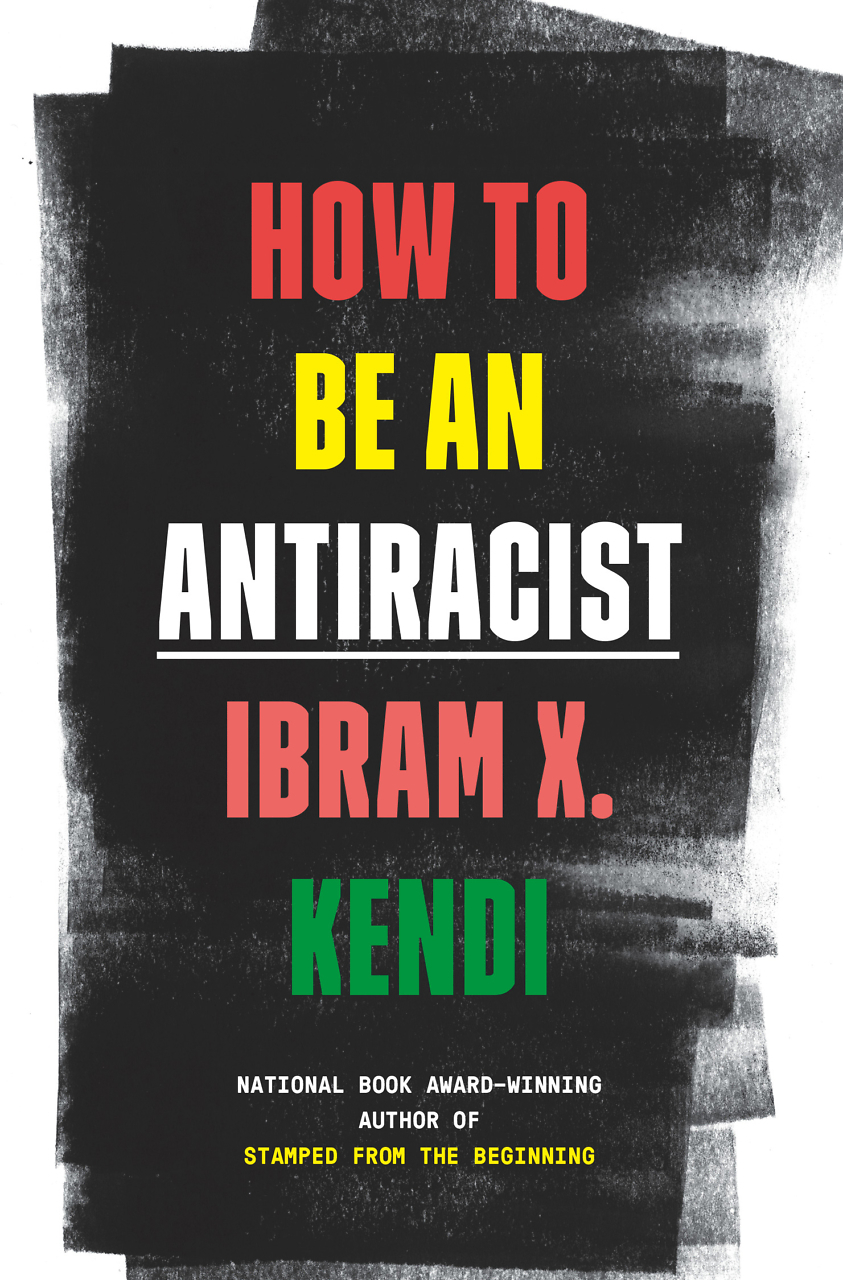Vagabonds and Gurus
In Darcey Steinke’s novel Sister Golden Hair, the spiritual path encompasses everything from Bibles to Bowie
In some ways, the main character of Darcey Steinke’s Sister Golden Hair is really the late-hippie era itself. As Jesse—the novel’s young, awkward guide—takes in everything around her and filters it through her wide-ranging imagination, the world of the early 1970s shimmers. Readers follow Jesse across the spectrum of her era, from her open-minded spiritual exploration to darker flashes of a world changing too rapidly for her to keep up.
 Thrown out of the Methodist ministry for introducing anti-Vietnam politics and same-sex commitment ceremonies to his parishioners, Jesse’s father is having trouble adjusting to secular life and work. His path of spiritual seeking—which roams the gestalt therapies and guru devotion so prominent in that decade—has a tendency to disrupt his new jobs. With each move to the next town, their family drops another rung on the middle-class American ladder that his wife prizes. Jesse’s mother bears the household brunt of worry over their slip in status and escapes by romanticizing the lives of august American families like the Kennedys.
Thrown out of the Methodist ministry for introducing anti-Vietnam politics and same-sex commitment ceremonies to his parishioners, Jesse’s father is having trouble adjusting to secular life and work. His path of spiritual seeking—which roams the gestalt therapies and guru devotion so prominent in that decade—has a tendency to disrupt his new jobs. With each move to the next town, their family drops another rung on the middle-class American ladder that his wife prizes. Jesse’s mother bears the household brunt of worry over their slip in status and escapes by romanticizing the lives of august American families like the Kennedys.
The family settles into Bent Tree, a duplex development inhabited by semi-transient households prone to money troubles and poor decision-making. As Jesse negotiates her awkward ride into adolescence, she tries on various identities by adopting certain aspects of those around her. Each chapter focuses on Jesse’s interactions with a different Bent Tree neighbor. There’s Sandy, who’s devoted to her golden tan and to Sonny, her low-rent sugar daddy. There’s Jill, who attempts to lead her troop of siblings through a chaotic rupture in their family. And there’s a dance teacher named Julie, who forms a friendship with Jesse’s mother that upends the family dynamic. Each neighbor hands Jesse a new element of her quickly-shifting self.
Sister Golden Hair is written in Jesse’s voice, and Jesse makes a quirky, highly elliptical narrator. On one hand, she is gathering all kinds of impressions from the world around her. Whenever possible, she snoops on her neighbors’ activities and peeks at their belongings. She speculates endlessly about the possible fates of everyone she knows. She seeks inspiration from Cher and David Bowie, and she pores over her copy of The Big Book of Burial Rites. On the other hand, she gives us very little straightforward information about her family. For most of the novel, readers must do a lot of guesswork about what’s really happening between Jesse’s parents, who are intriguing enough to make the evasive narration slightly frustrating. Sometimes Jesse feeds us many pages of observations and imaginings when what we really crave are big juicy scenes.
Roughly halfway through the novel, the narrative shifts forward three years, taking Jesse from twelve to fifteen. Jesse at fifteen often thinks and speaks as though she’s retained the perspective of the twelve-year-old, even if her body has fully “developed.” Slowly, the narrator begins to catch up with her age, but the lag points out the true difficulty of writing in a child’s voice, particularly when that child reaches adolescence.
Abundant references to the Seventies’ popular songs, TV shows, politicians, gurus, and junk foods weave a fabric from which Jesse and her world are cut. These elements become touchstones that show us something about Jesse’s inner world that even she may not fully understand: “When I was five, a McDonald’s had opened down the street from our rectory, and for a long time I thought it was the best place God had created, with the sweet fries and strawberry milkshakes. I’d included it in my prayers, after my immediate family and before my grandparents.”
The book’s setting is more Southern in concept than in its particulars: Jesse’s family has come to Roanoke from Philadelphia, and her voice remains outside of her new town’s Southernness. And as with all first-person narratives—especially those told in the voice of a child—we are so firmly inside Jesse’s perspective that we can’t always trust her depictions of other characters. Her breezy, apparently lighthearted tone moves swiftly over the dynamics of her own family’s struggles and the darker nature of her neighbors’ dramas. As she ages, though, the narrative accumulates greater emotional depth.
The richness of Jesse’s story is often revealed in touching sidelong gestures. Remembering the evocative sights and sounds of their previous life in the rectory, she says, “Ever since we’d been thrown out, our life held no purpose; it was like riding in a driverless bus, careening ever closer to the guardrail.” In Sister Golden Hair, Jesse’s imagination has the wheel, and we are flung down its own careening but fascinating path.

Emily Choate holds an M.F.A. from Sarah Lawrence College, and her writing has appeared in Yemassee and Tennessee Libraries and is forthcoming in The Florida Review. She lives in her hometown, Nashville, where she’s working on a novel.


